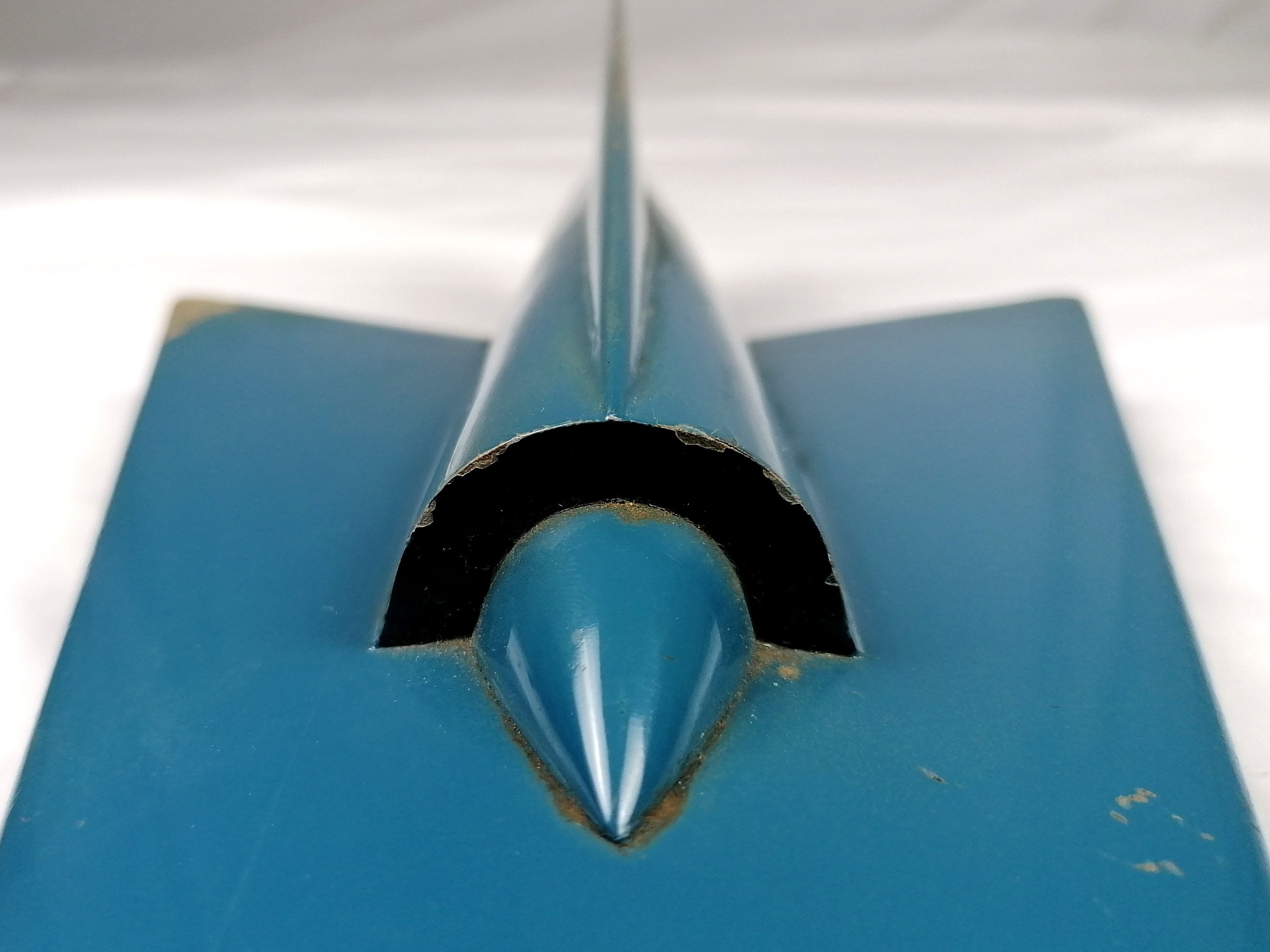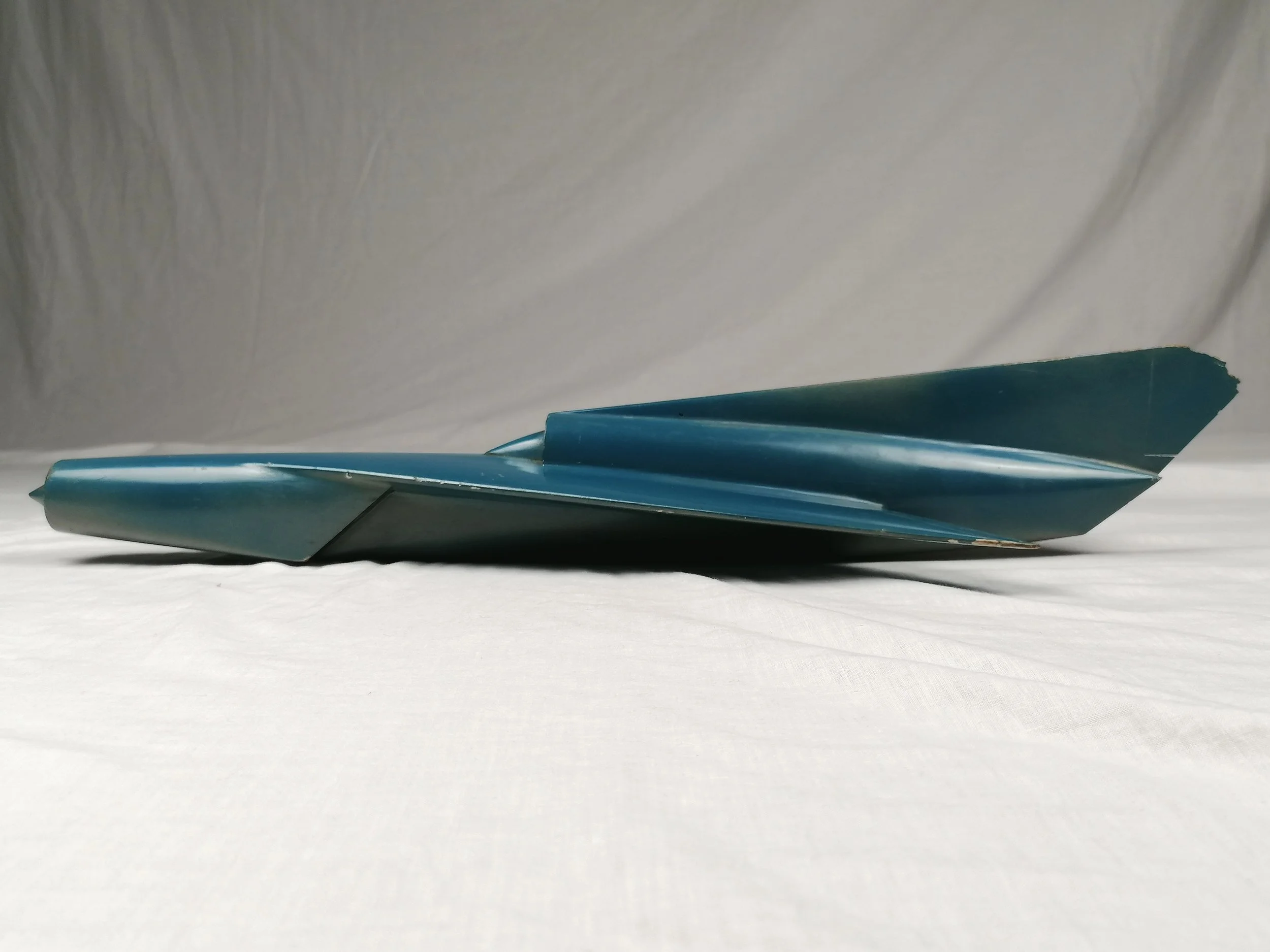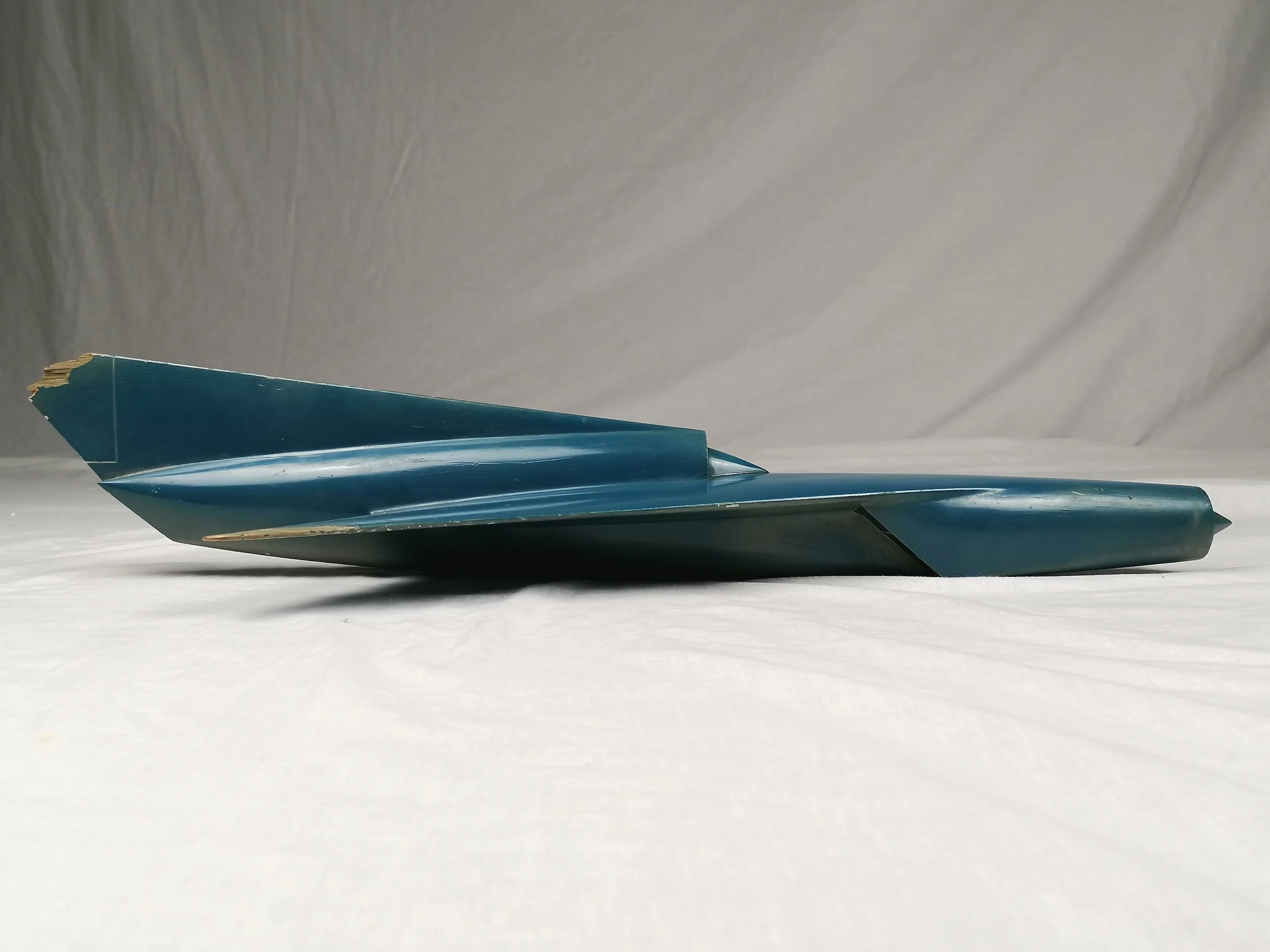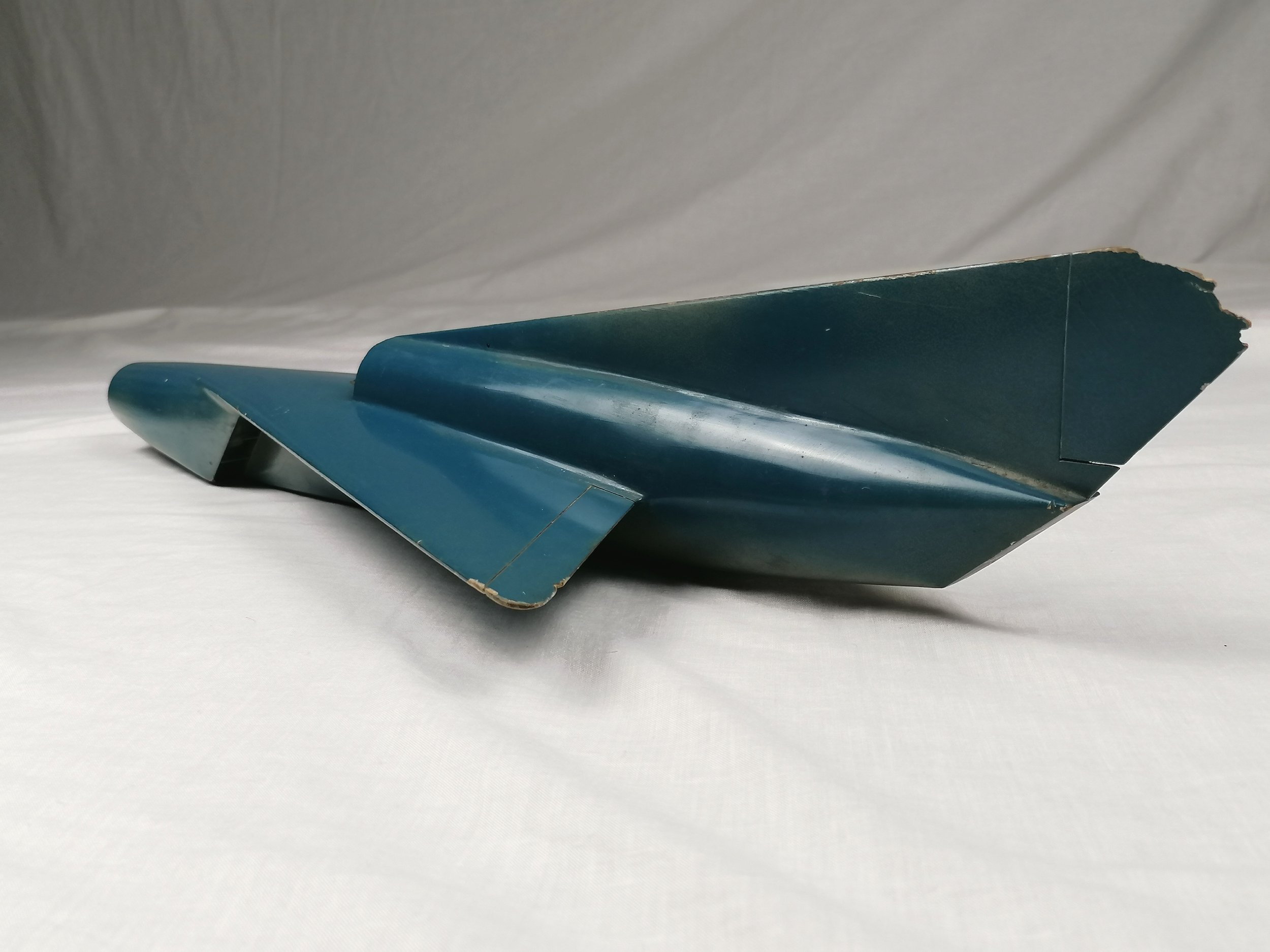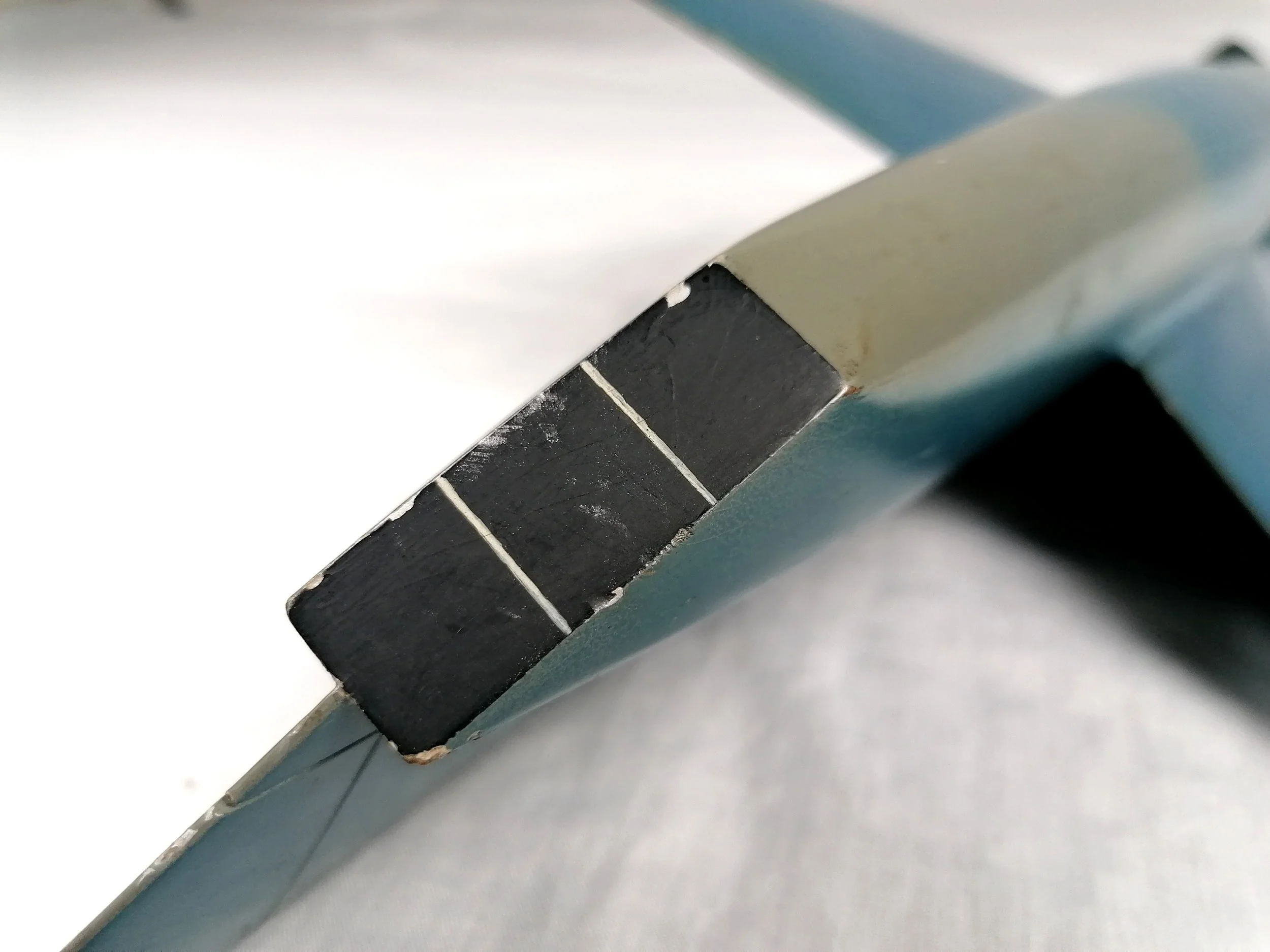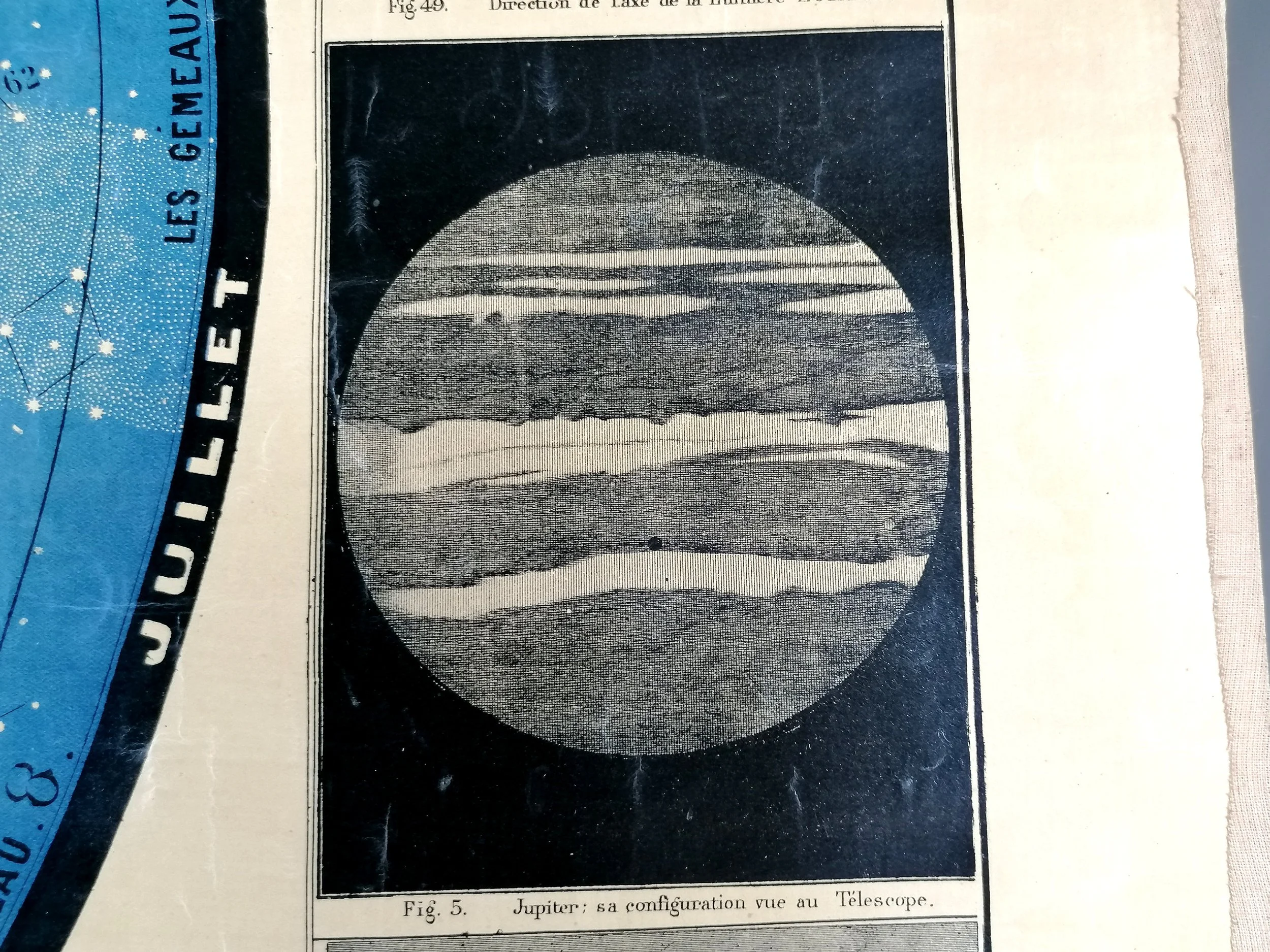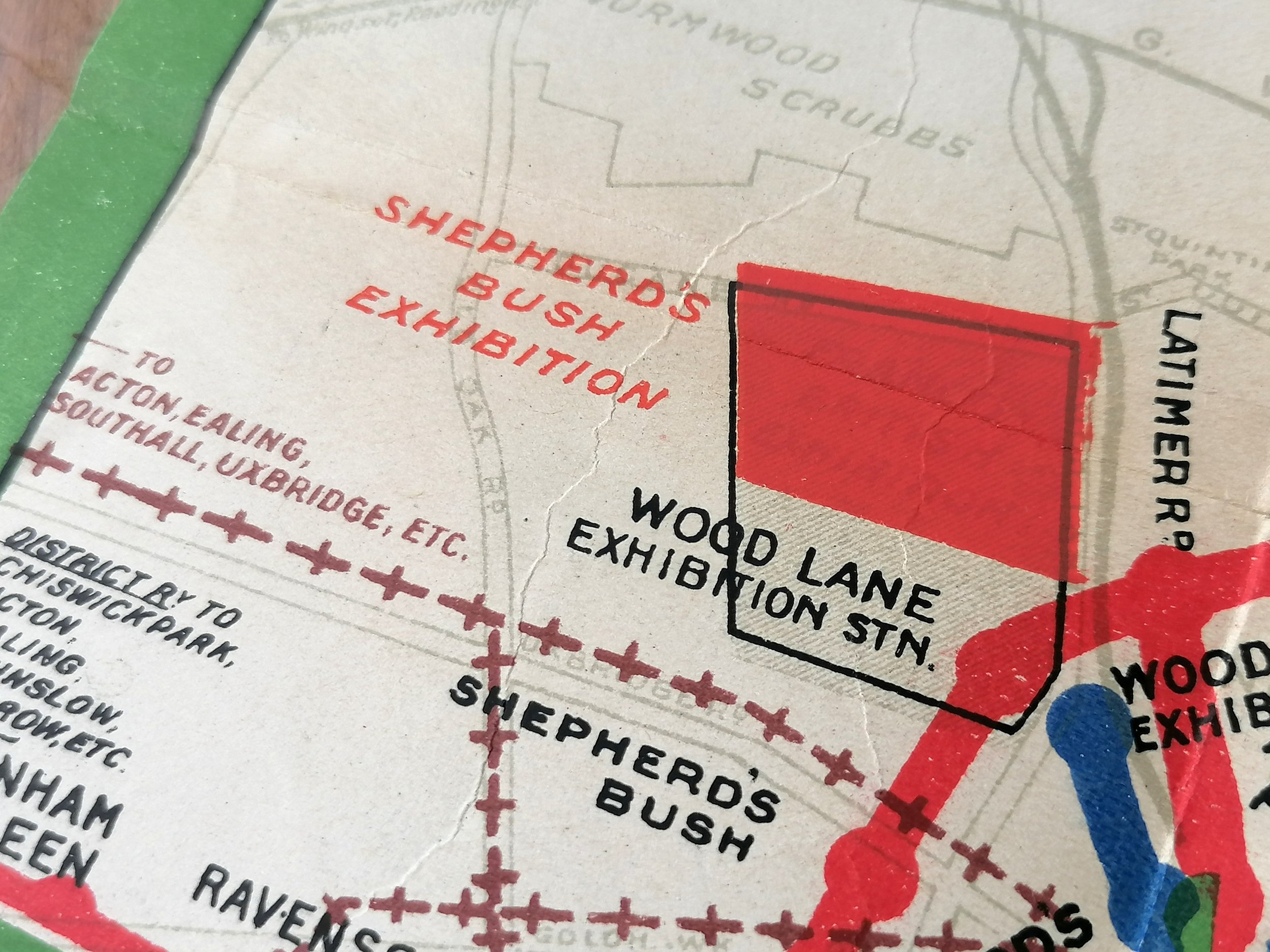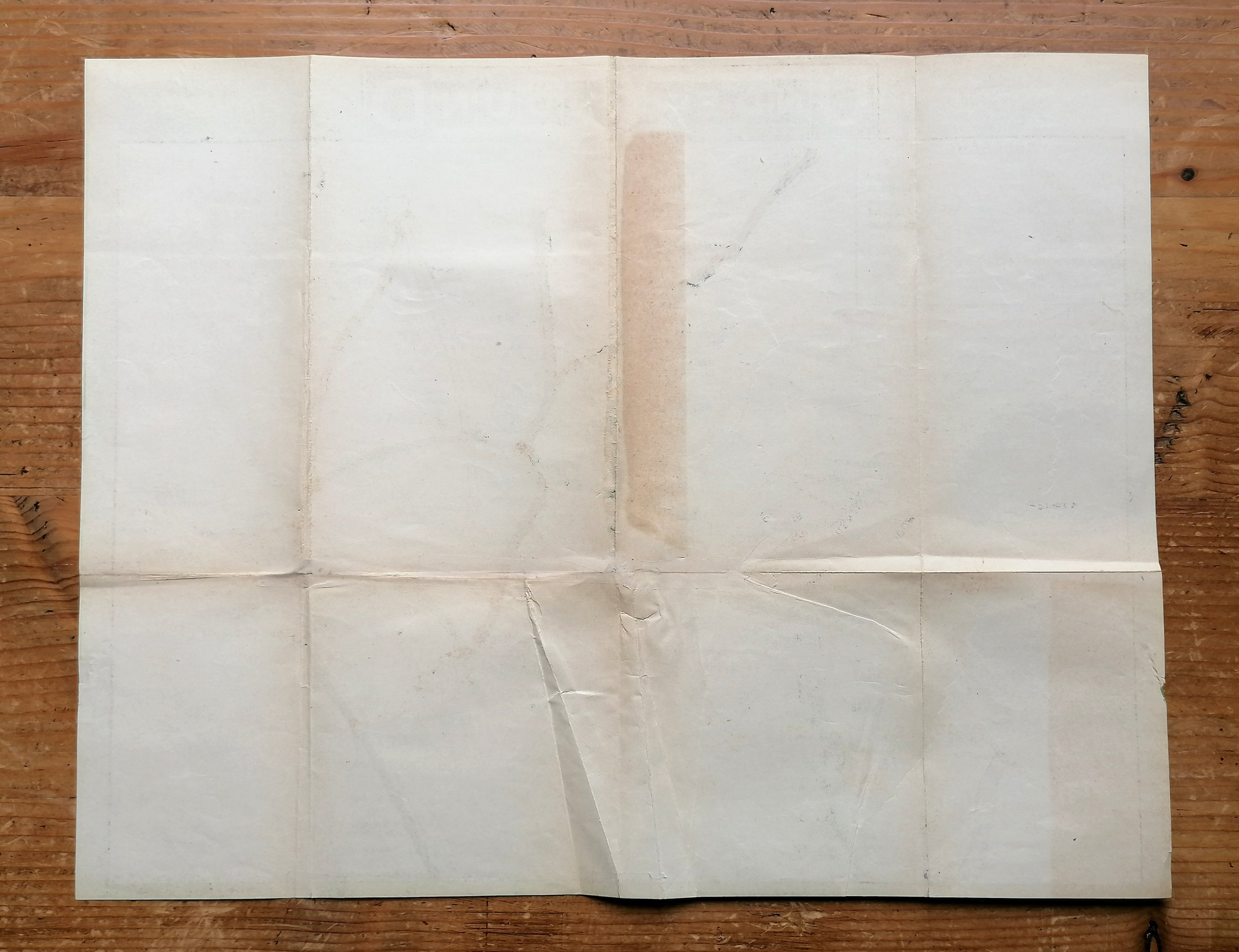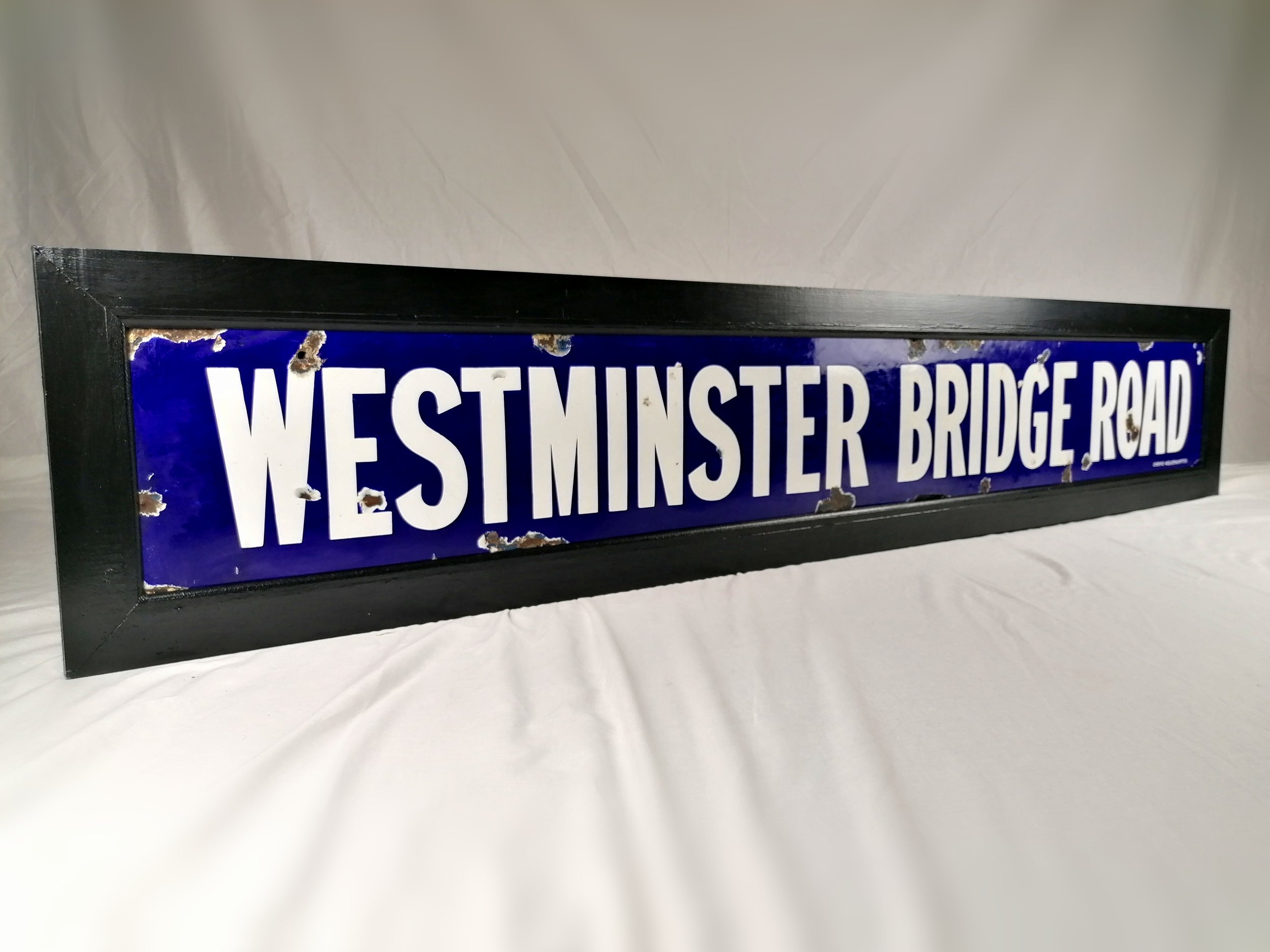Rolls Royce Wind Tunnel Model - Supersonic Jet (c.1950s)
Rolls Royce Wind Tunnel Model - Supersonic Jet circa 1950s
Produced by Rolls Royce. Painted lightweight wood. Measures 63cm (L) x 31cm (W). Condition: Some paint loss on one wing tip. Loss to tail tip.
To uncover the purpose and age of this unique item we received valuable contributions from Rolls Royce Heritage, The Jet Age Museum (Staverton Airport) and individual aerospace engineers.
The consensus is that this is a wind tunnel model owing to its size, design and engine configuration. More specifically, the model dates to the 1950s - at the height of supersonic aircraft development driven by the perceived nuclear threat from Russia. The purpose of the model was to reveal the stability and airflow effects of this unusual in-line twin-engine configuration at supersonic speeds. This research was vital in the development of supersonic interceptor aircraft such as the English Electric Lightening, powered by two Rolls Royce Avon engines.
In the early 1950s, Rolls Royce were under great pressure to bring the delayed Avon R24R engines operational and indeed were the preferred choice for the first protypes. However, English Electric had to settle for Armstrong Siddeley Sapphire Turbojets for the first three prototypes with RR Avon engines being used for the second phase prototypes.
Rolls Royce were clearly onto something! The fuselage positioning of translating half-cone is strikingly similar to NASA's recently unveiled X-59 supersonic aircraft. NASA say "Unlike most aircraft where the engines are mounted under the wings, the X-59's engine is positioned on top of the fuselage. This placement helps to further reduce the strength of the shock waves and prevents them from merging and amplifying into a sonic boom."
Rolls Royce Wind Tunnel Model - Supersonic Jet circa 1950s
Produced by Rolls Royce. Painted lightweight wood. Measures 63cm (L) x 31cm (W). Condition: Some paint loss on one wing tip. Loss to tail tip.
To uncover the purpose and age of this unique item we received valuable contributions from Rolls Royce Heritage, The Jet Age Museum (Staverton Airport) and individual aerospace engineers.
The consensus is that this is a wind tunnel model owing to its size, design and engine configuration. More specifically, the model dates to the 1950s - at the height of supersonic aircraft development driven by the perceived nuclear threat from Russia. The purpose of the model was to reveal the stability and airflow effects of this unusual in-line twin-engine configuration at supersonic speeds. This research was vital in the development of supersonic interceptor aircraft such as the English Electric Lightening, powered by two Rolls Royce Avon engines.
In the early 1950s, Rolls Royce were under great pressure to bring the delayed Avon R24R engines operational and indeed were the preferred choice for the first protypes. However, English Electric had to settle for Armstrong Siddeley Sapphire Turbojets for the first three prototypes with RR Avon engines being used for the second phase prototypes.
Rolls Royce were clearly onto something! The fuselage positioning of translating half-cone is strikingly similar to NASA's recently unveiled X-59 supersonic aircraft. NASA say "Unlike most aircraft where the engines are mounted under the wings, the X-59's engine is positioned on top of the fuselage. This placement helps to further reduce the strength of the shock waves and prevents them from merging and amplifying into a sonic boom."
Rolls Royce Wind Tunnel Model - Supersonic Jet circa 1950s
Produced by Rolls Royce. Painted lightweight wood. Measures 63cm (L) x 31cm (W). Condition: Some paint loss on one wing tip. Loss to tail tip.
To uncover the purpose and age of this unique item we received valuable contributions from Rolls Royce Heritage, The Jet Age Museum (Staverton Airport) and individual aerospace engineers.
The consensus is that this is a wind tunnel model owing to its size, design and engine configuration. More specifically, the model dates to the 1950s - at the height of supersonic aircraft development driven by the perceived nuclear threat from Russia. The purpose of the model was to reveal the stability and airflow effects of this unusual in-line twin-engine configuration at supersonic speeds. This research was vital in the development of supersonic interceptor aircraft such as the English Electric Lightening, powered by two Rolls Royce Avon engines.
In the early 1950s, Rolls Royce were under great pressure to bring the delayed Avon R24R engines operational and indeed were the preferred choice for the first protypes. However, English Electric had to settle for Armstrong Siddeley Sapphire Turbojets for the first three prototypes with RR Avon engines being used for the second phase prototypes.
Rolls Royce were clearly onto something! The fuselage positioning of translating half-cone is strikingly similar to NASA's recently unveiled X-59 supersonic aircraft. NASA say "Unlike most aircraft where the engines are mounted under the wings, the X-59's engine is positioned on top of the fuselage. This placement helps to further reduce the strength of the shock waves and prevents them from merging and amplifying into a sonic boom."








